The god game that flew too close to the sun
Looking back at the flawed but ambitious Black & White 2.
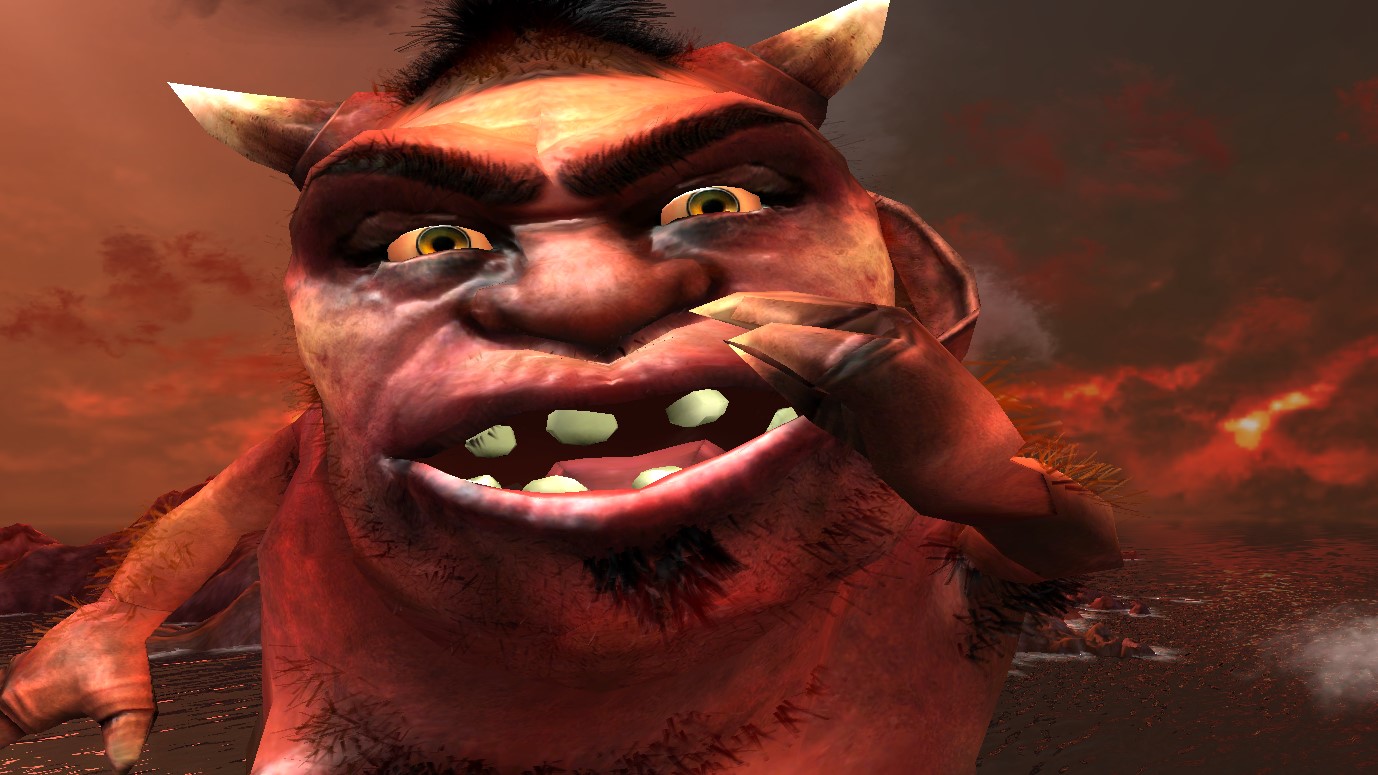
This article first appeared in PC Gamer magazine issue 386 in July 2023, as part of our Reinstall series. Every month we load up a beloved classic—and find out whether it holds up to our modern gaming sensibilities.
What exactly is a god game? It’s a question that I’m quite sure if you asked a hundred PC gamers almost all would answer with, “Well, it’s a game in which you play some sort of deity.” And that’s definitively true. It is a prerequisite for a game to be classed in this genre.
However, with that established prerequisite crossed off the list, what exactly is a god game? What do you do? What is the story? What are gaming mechanics? How does the game look and feel? How does the player interact with the game world? And how do all these things interact together? Here the answer from those exact same hundred PC gamers would be indefinite and mixed. There would be differing opinions. Rewind the clock back to the dawn of the 21st century and these are the questions that, directly or not, Peter Molyneux (arguably the father of the whole genre with Populous in 1989) was trying to answer with his seminal 2001 god game Black & White.
Lodging an astronomically high score in PC Gamer magazine of 94 percent, reviewer Tim Stone concluded that the game was “overflowing with great ideas and novel devices” and that “B&W is indeed divine entertainment”.
So what was Black & White’s interpretation of a god game? You play a god (naturally) and with the help of your physical representation in the world of Eden, a giant animal of your choice, you look to inspire faith in your human followers (which is where you draw your power from) and gain more through your awe-inspiring feats, in turn expanding their civilisation settlement sim-style. Convert enough rival villages to worship you and you take over the island you’re on and progress to the next level. That’s the gameplay loop.
On paper quite basic, but B&W built on this with—especially for the time—incredibly progressive and creative control and gameplay systems. This married with the then typical Molyneux charm in terms of feel, and the inherent joy of watching your animal avatar grow, evolve and, often, just play around, meant that playing god ended up being tons of fun in a kind of joyously childish and unstructured way, even if the underlying gameplay was shallow, as plenty of reviewers at the time pointed out. Beneath the surface, there wasn’t too much game, but the creativity surrounding the Tamagotchi-like avatar, game control systems and presentation, made B&W the king of the god games.
To this day Black & White holds a Metacritic score of 90%, with the game receiving ‘Universal Acclaim’ from reviewers.
Bigger, not better
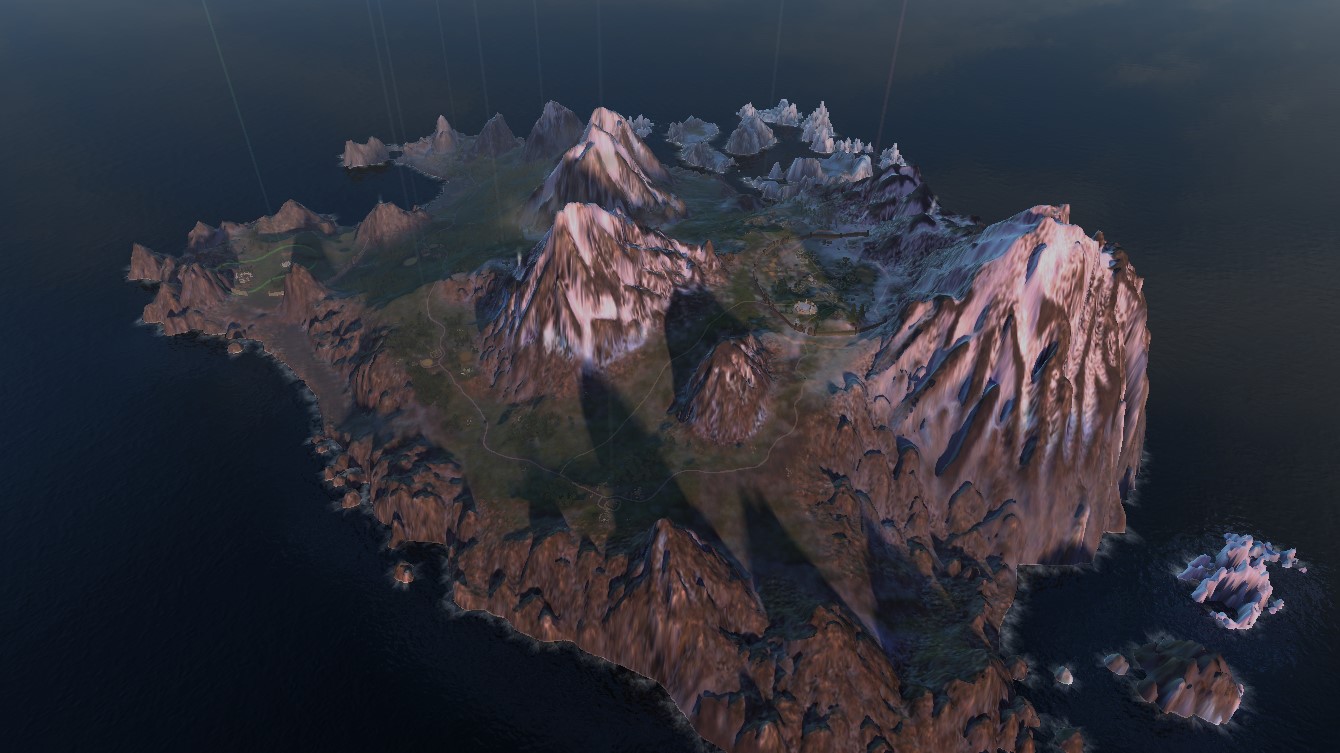
Enter Black & White 2. So, how do you build on that universal acclaim? This is what Molyneux said in an interview while the game was in development. “I know we’re going to get our heads... just... sliced off for this,” says designer Peter Molyneux with a rueful smile, “but we’re working on a game that will totally revolutionise both real-time strategy and ‘god games’ by bringing them together under one roof.”’
Keep up to date with the most important stories and the best deals, as picked by the PC Gamer team.
On the face of it, this seems like not only the right decision but also a typically ambitious one for Molyneux. OK, so one of the biggest areas to improve on B&W is a need for more substantial game mechanics under the visually impressive, creative and whimsical top layer. OK, well why not marry this god game element with the more established and game-stuffed RTS genre? It made sense to me then, as someone who bought and loved the original B&W, and it still makes sense to me now in 2023.
And that is indeed what Molyneux and his team did. When B&W 2 launched in 2005 it introduced an RTS troop-based combat system that allowed players to not just win levels by building up their civilisation and winning converts through an impressiveness score, but to also win by engaging in some good old-fashioned RTS warfare. Build combat troops and then, with the help of your animal avatar and godly powers (such as hurling fireballs), take enemy cities by force.
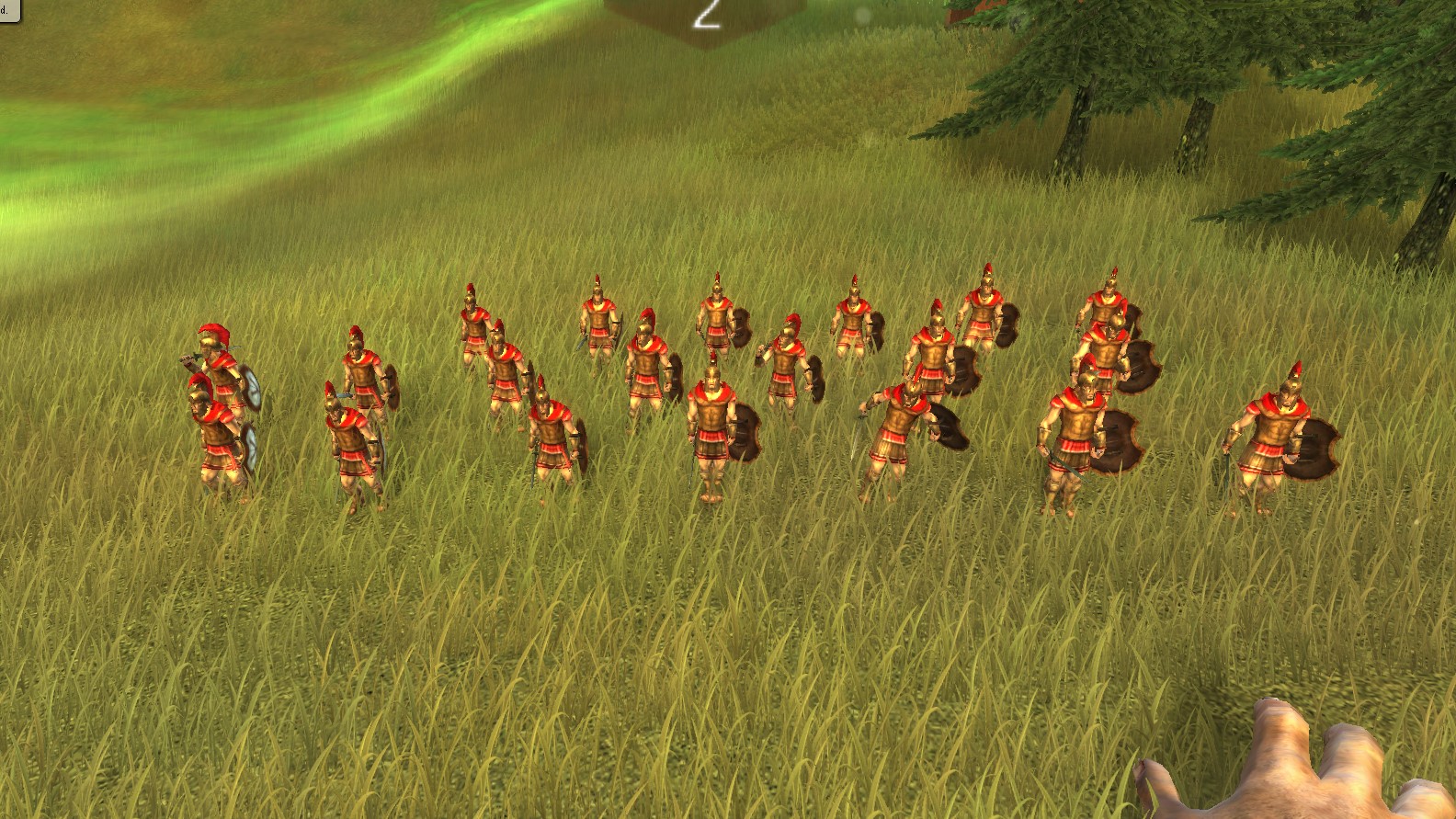
On paper, that sounds like one of the most marvellous, creative games of all time.
You now had a god game that delivered the Tamagotchi-style avatar game mechanics of the first game, civilisation SIM building mechanics, and now RTS combat play mechanics as well. On paper, that sounds like not just a lot of actual game, but also a worthy sequel to the original B&W and one of the most marvellous, creative games of all time. The problem was, though, as PC Gamer magazine’s own review at the time stated “it just doesn’t work”, with the “defining play that should be at the centre of everything, lacking”.
The biggest problem, as highlighted by many reviews at the time, is that while Black & White 2 offers an almost staggering amount of genre systems and ideas, individually they’re just not executed as well, or with anywhere near as much depth, as the genres they’re combining. The game was outbuilt by dedicated civ building games like SimCity and also out manoeuvred by full-fat RTS games like Rome: Total War, and not just by a bit, but by a lot. The additions were skin deep. As such, the game ended up being a flawed jack-of-all-trades. Worse still, as reviews stated, these shallow dives into gameplay mechanics also sat on top of plenty of unfixed issues from the first game, some wildly uneven pacing, and some dodgy and easily gameable AI.
Battle of gods
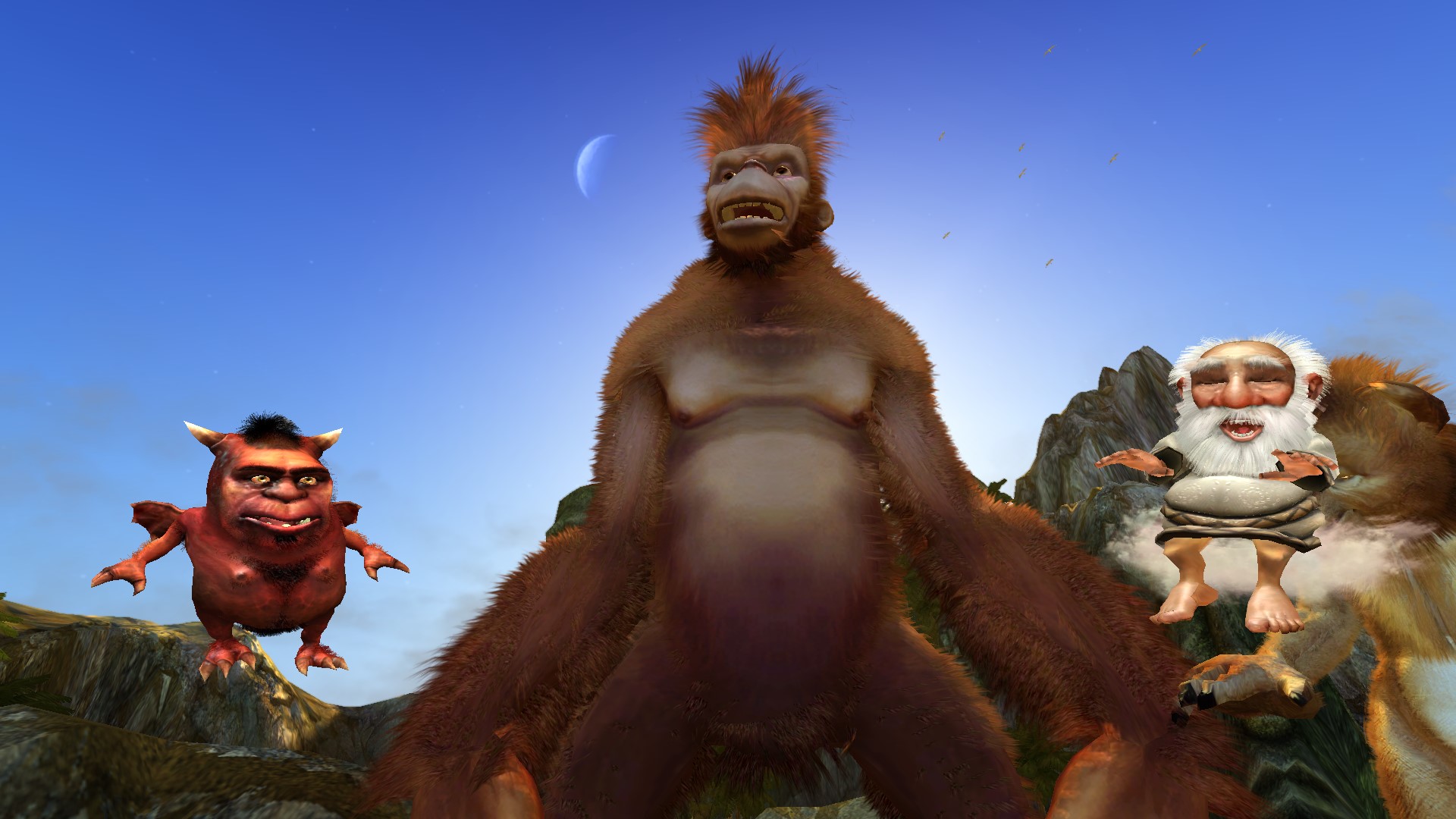
For all his well-documented over promising faults, you’ve got to tip your hat to Molyneux here for attempting such a radical game.
Fast forward to 2023, and playing the game (which takes a fair amount of effort today thanks to the game’s puzzling total unavailability on any digital store; I used my original copy of B&W 2 in partnership with a series of third-party community patches to get it running on modern hardware), even with many OG launch issues fixed, this lack of depth in gameplay systems, overly slow pacing, inconsistent UI control, and easily game-able AI remains evident. The passing of time has not magically fixed these fundamental issues with B&W 2. Camera controls remain frustrating 50 percent of the time, and by modern standards are overly complicated. I found myself using a combination of keyboard controls and mouse presses too often just to get a specific viewpoint I wanted, which led to a frustrating dance of uncoordinated finger movements and audible curses. Using my god hand also proved to be more frustrating than I remember. Sometimes the gesture controls work well, such as when I’m scratching my tiger avatar’s tummy, plucking trees from the ground and placing structures, while other times not so much. I’d be holding something in my hand that I wanted to relinquish and would find myself waggling the mouse back and forth, the gesture for it, only for the hand to stubbornly hold fast. Other times I’d accidentally slap my creature or, once, I accidentally gave him one of my human settlers and before I could react, he ate him.
But, being honest, the thing that grabs me most replaying this game is not the negatives, but actually the creative positives of the game that, being candid, I feel the passage of time has just highlighted even more.
Today, triple-A games don’t deliver anywhere near the creative risks and experimentation that B&W 2 took, and for all his well-documented over promising faults, you’ve got to tip your hat to Molyneux here for attempting such a radical game.
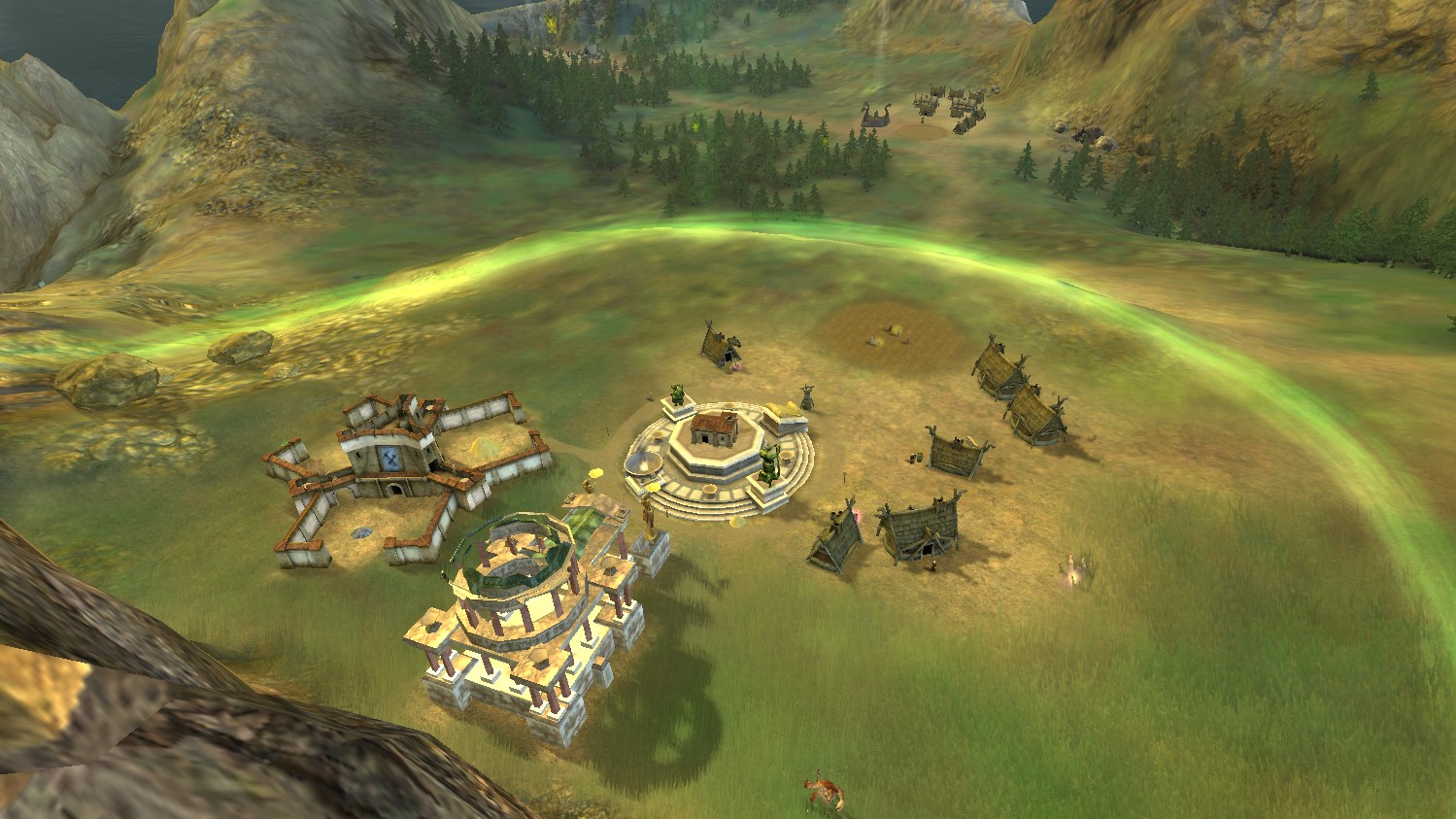
Yes, what stands out most replaying B&W 2 now is that there was once a time when this sort of big budget, genre-bending creative experiment of a game could be attempted. Today, almost always, interesting new gameplay mechanics and genre cross-overs debut in small, independent games, with triple-A mainstream games incredibly conservative. And that’s definitely a loss to PC gaming.
Because, at times, B&W 2 still delivers pure magic. Visually it still remains a treat and the core gameplay of messing around with your animal avatar, as well as building up your civilisation and performing miracles, remains addictive and fun. That mix of scale between your giant deity and your civilisation and its inhabitants, constantly evokes creature-features like Godzilla, and there’s a childish joy evoked by just hanging out on your magical island. Combat, too, providing you’re happy to overlook the simplistic troop mechanics and enemy AI, can also be engaging when you and your avatar get manually involved.
My feeling then, is that while god games have continued to be released since B&W 2, notably as much smaller titles, this AAA game really was where Molyneux hit the god game genre’s limit for what was actually possible. Fundamentally, the weight of combining so many systems with such an experimental level of creativity in terms of game-interaction controls and core Tamagotchi-style gameplay, ended up being too much for Lionhead Studios to execute back in the mid 2000s. Like Icarus, I can’t shake the feeling that B&W 2 attempted to fly too high, to take the god game genre truly to heaven, but got burned and fell back down to Earth.
While Black & White 2’s in full flight, though, it remains a beautiful, singular PC gaming experience.

Rob is editor of PC Gamer magazine and has been PC gaming since the early 1990s, an experience that has left him with a life-long passion for first person shooters, isometric RPGs and point and click adventures. Professionally Rob has written about games, gaming hardware and consumer technology for almost twenty years, and before joining the PC Gamer team was deputy editor of T3.com, where he oversaw the website's gaming and tech content as well its news and ecommerce teams. You can also find Rob's words in a series of other gaming magazines and books such as Future Publishing's own Retro Gamer magazine and numerous titles from Bitmap Books. In addition, he is the author of Super Red Green Blue, a semi-autobiographical novel about games and gaming culture. Rob loves riding motorbikes, too.

